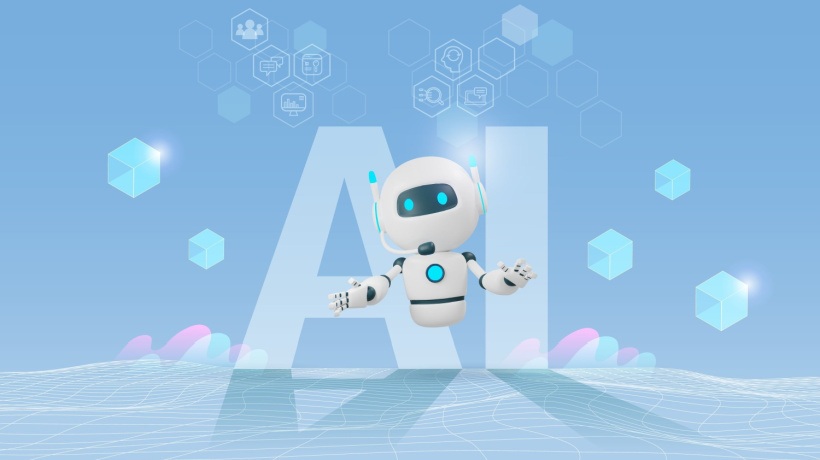AI-Powered Corporate Learning: Benefits And Challenges
AI-powered learning is rapidly transforming corporate training and development, offering innovative solutions to enhance employee skills and knowledge. By leveraging Artificial Intelligence in corporate training, organizations can create personalized, efficient, and scalable learning experiences. However, the integration of AI in corporate learning also presents several challenges. This article delves into the key benefits and limitations of using AI in workplace training, providing insights into its potential impact on employee development.
Benefits Of AI-Powered Corporate Learning
1. Personalized Learning Paths
One of the most significant advantages of AI-powered learning is its ability to create personalized learning paths for employees [1]. AI algorithms can analyze an employee’s performance, learning style, and knowledge gaps to tailor content that meets their specific needs. This personalized approach not only enhances learning outcomes but also increases engagement and motivation among employees.
2. Scalability And Efficiency
AI in corporate learning enables organizations to scale their training programs more efficiently. Traditional training methods often require significant time and resources, especially for large or geographically dispersed teams. AI-driven platforms can automate content delivery, assessment, and feedback, allowing companies to train thousands of employees simultaneously without compromising quality.
3. Real-Time Feedback And Assessment
AI tools can provide real-time feedback and assessments, enabling employees to correct mistakes and improve their skills on the spot. This immediate feedback loop is crucial in corporate environments where continuous improvement is key to maintaining a competitive edge. AI-powered learning systems can track progress, identify areas for improvement, and recommend additional resources to help employees achieve their learning goals.
4. Enhanced Employee Engagement
Interactive and adaptive learning experiences created by AI can significantly boost employee engagement. Gamification, simulations, and Virtual Reality are examples of AI-driven learning tools that make corporate training more engaging and enjoyable. This increased engagement often leads to better retention of information and more effective learning outcomes.
5. Data-Driven Insights
AI in corporate training allows organizations to gather and analyze large amounts of data on employee learning behaviors, preferences, and performance. These data-driven insights enable companies to make informed decisions about their training programs, identify trends, and continuously optimize their learning strategies for better results.
Limitations Of AI In Corporate Learning
1. High Implementation Costs
One of the primary challenges of integrating AI in corporate learning is the high upfront cost. Developing and implementing AI-driven learning platforms requires a significant investment in technology, infrastructure, and expertise. For small and medium-sized enterprises, these costs can be prohibitive, limiting their ability to adopt AI-based solutions.
2. Data Privacy And Security Concerns
The use of AI in workplace training involves collecting and analyzing vast amounts of employee data, raising concerns about data privacy and security. Organizations must ensure that they comply with relevant regulations and protect sensitive information from breaches or misuse. Failure to do so can lead to legal repercussions and damage to the company’s reputation.
3. Resistance To Change
Despite the potential benefits, there is often resistance to adopting AI-powered learning within organizations. Employees and managers may be hesitant to embrace new technologies due to fear of job displacement, a lack of understanding, or discomfort with change. Overcoming this resistance requires effective change management strategies, including clear communication, training, and support.
4. Limited Human Interaction
While AI in corporate learning offers personalized and efficient learning experiences, it may also reduce the amount of human interaction in the training process. Learning is often a social activity, and the absence of peer-to-peer interaction or mentorship can hinder the development of soft skills, such as communication and teamwork. Organizations must find a balance between AI-driven learning and human interaction to ensure well-rounded employee development.
5. Bias In AI Algorithms
AI systems are only as good as the data they are trained on. If the data used to develop AI-driven learning platforms contains biases, the resulting algorithms may perpetuate these biases in the learning content and assessments. This can lead to unfair or unequal learning opportunities for employees. Organizations must be vigilant in monitoring and addressing potential biases in their AI systems.
Conclusion
AI-powered learning presents a powerful tool for enhancing corporate training and development. The ability to deliver personalized, scalable, and engaging learning experiences can significantly improve employee performance and organizational outcomes. However, the challenges of high implementation costs, data privacy concerns, resistance to change, limited human interaction, and potential bias must be carefully managed. By addressing these limitations, organizations can maximize the benefits of AI in corporate learning and drive continuous growth and innovation.
Incorporating AI in workplace training is not just a trend but a strategic move that can provide long-term value. As technology evolves, so will the opportunities for creating more effective and inclusive learning environments that cater to the diverse needs of the modern workforce.
Reference
[1] AI-Powered Learning: The New Era of L&D Enhancing Skills, Resilience, and Business Impact

Ozemio
We recognise the value of something so simple, yet elemental – that transformation doesn’t take place in silos. Our talent transformation solutions are holistic, yet targeted. We offer tailor made plans that are specific to your business requirements

